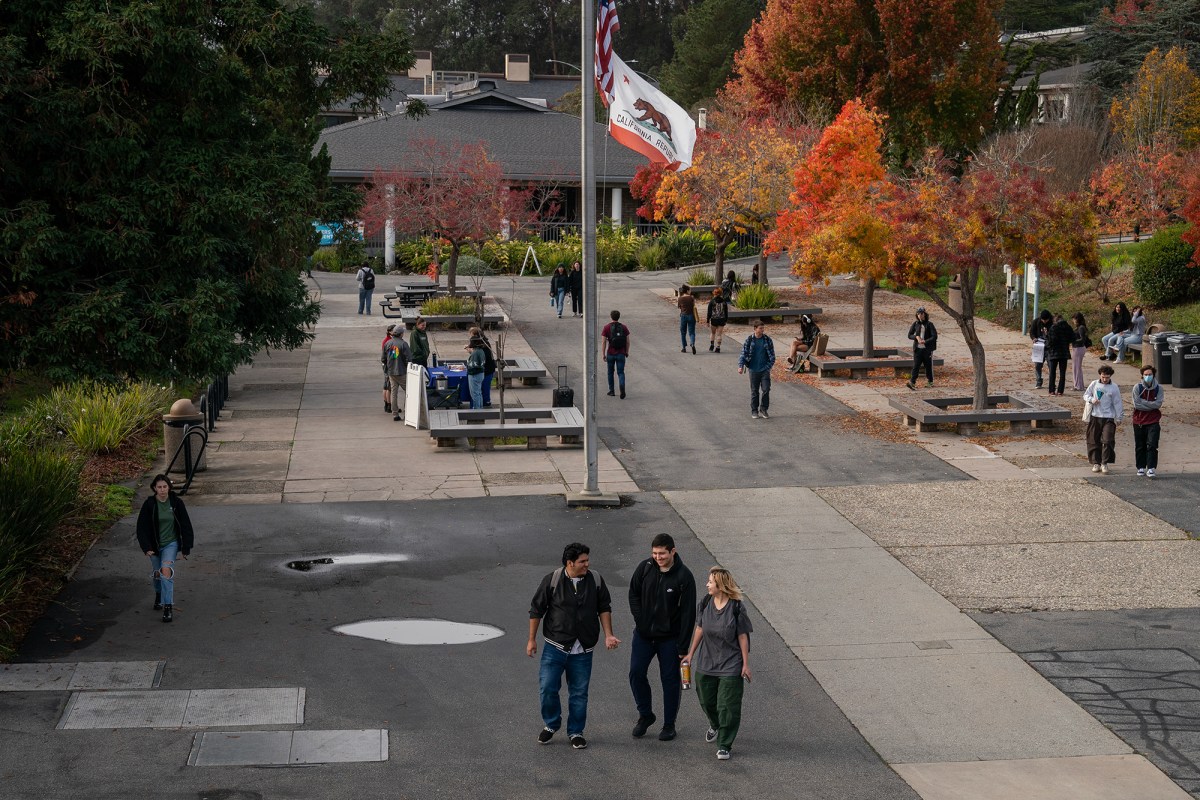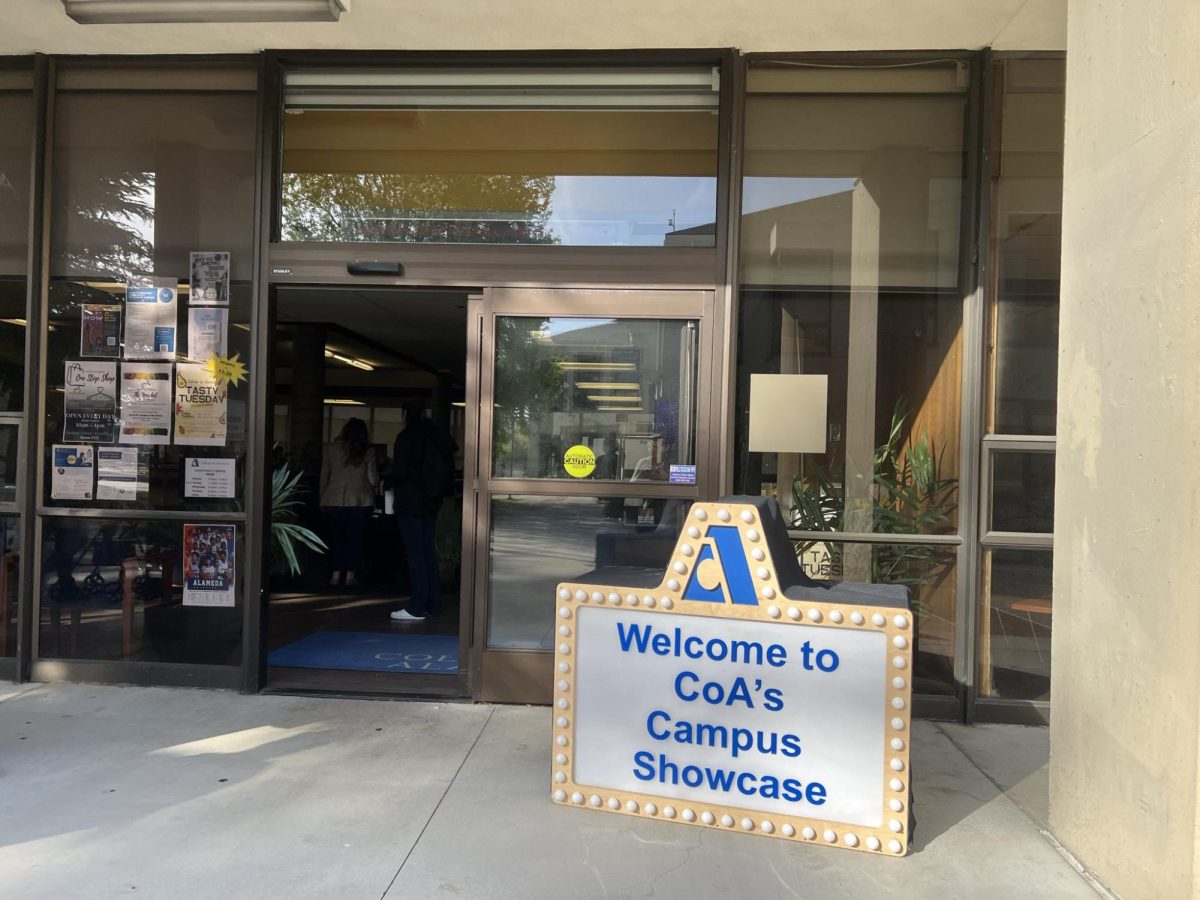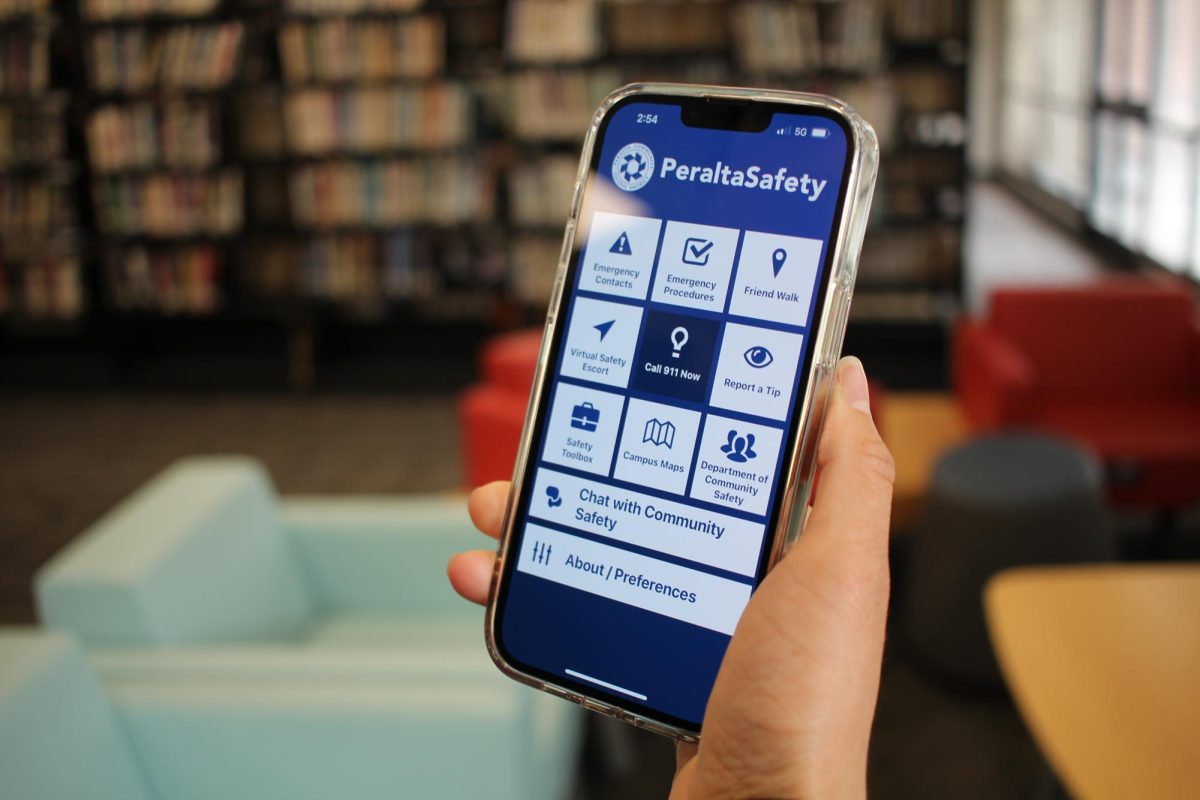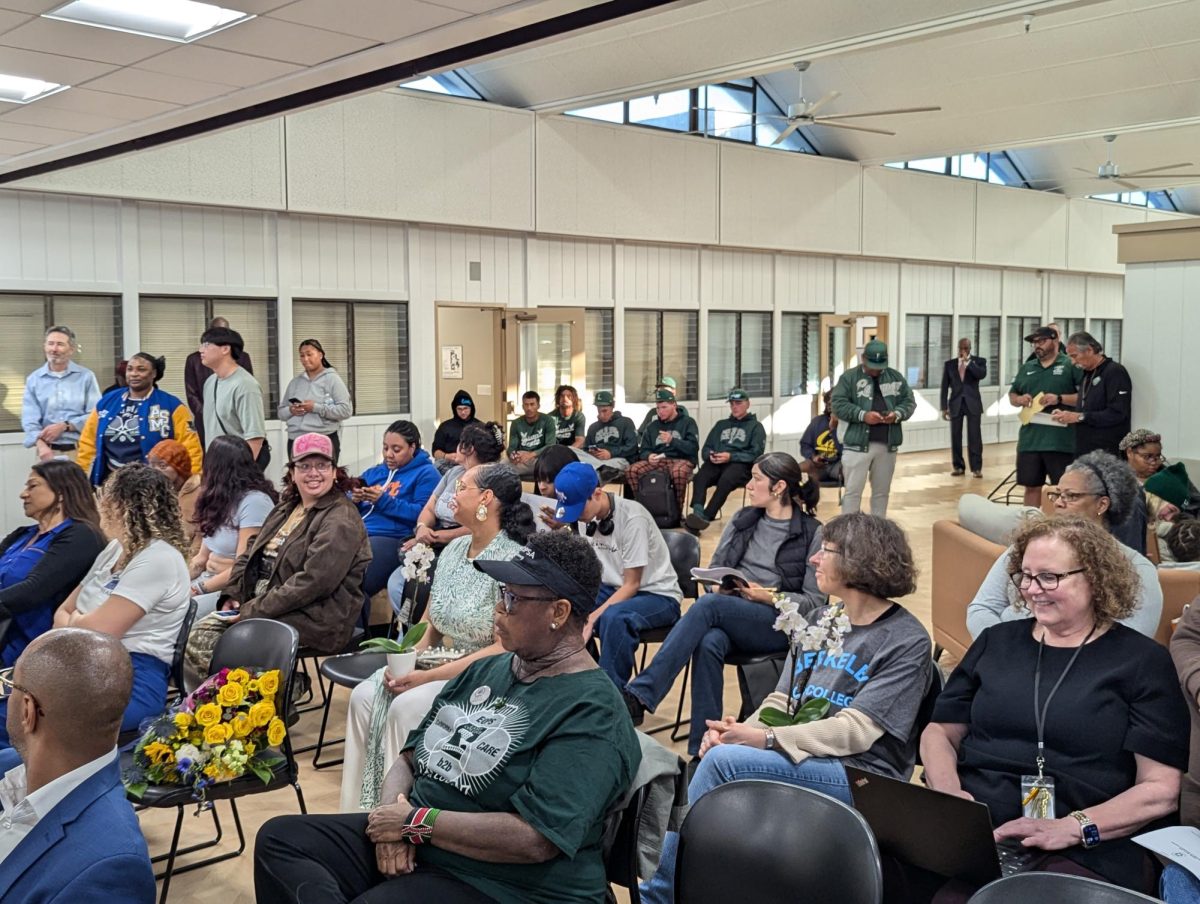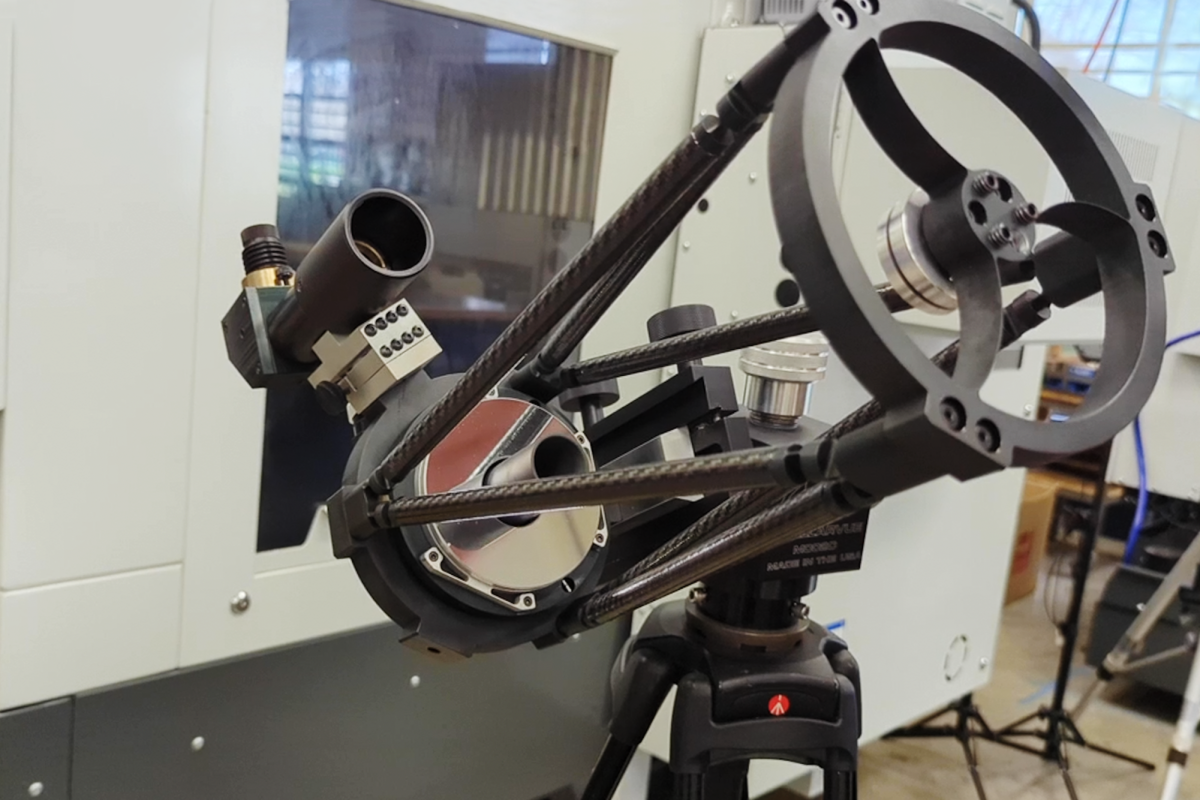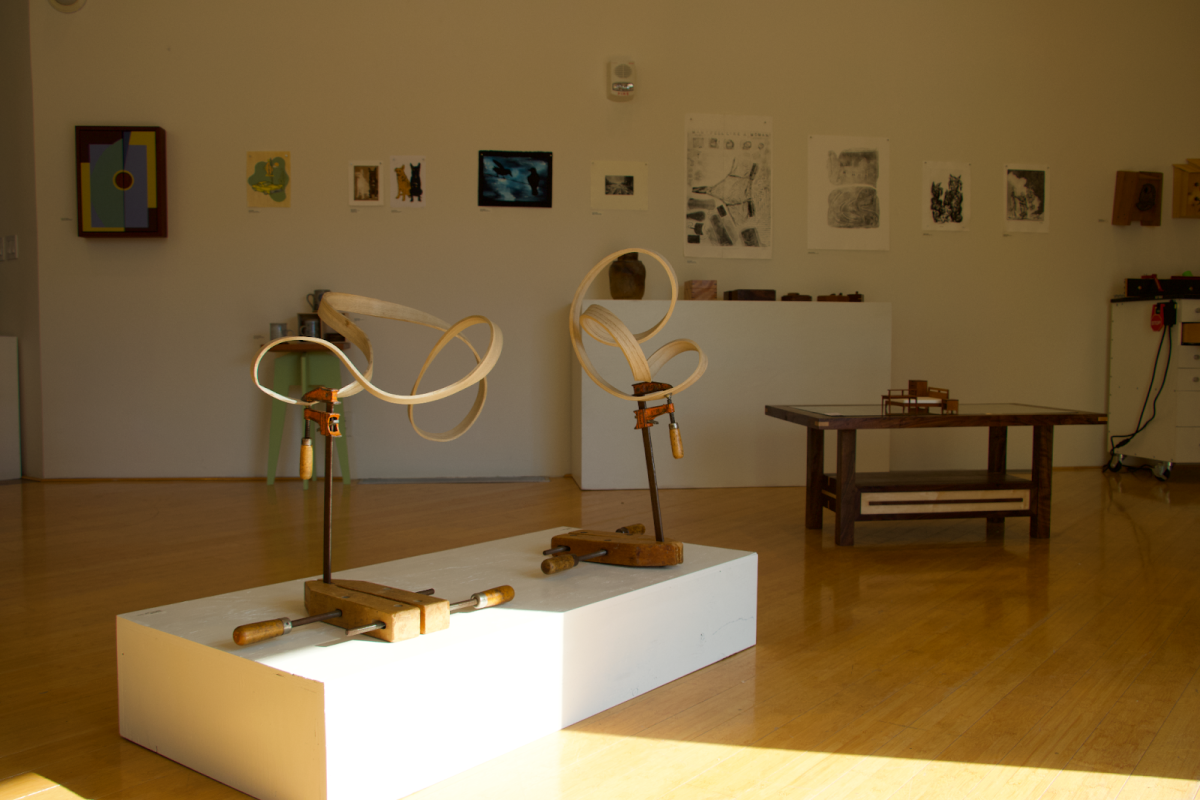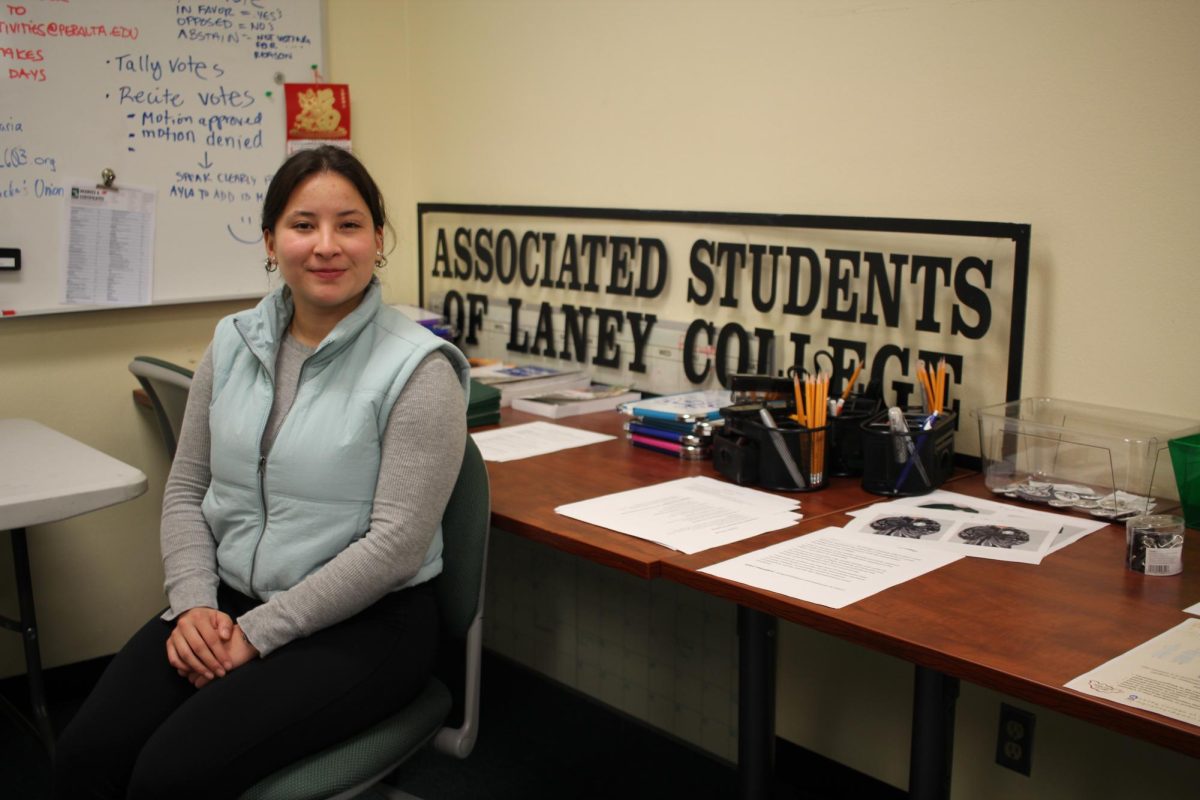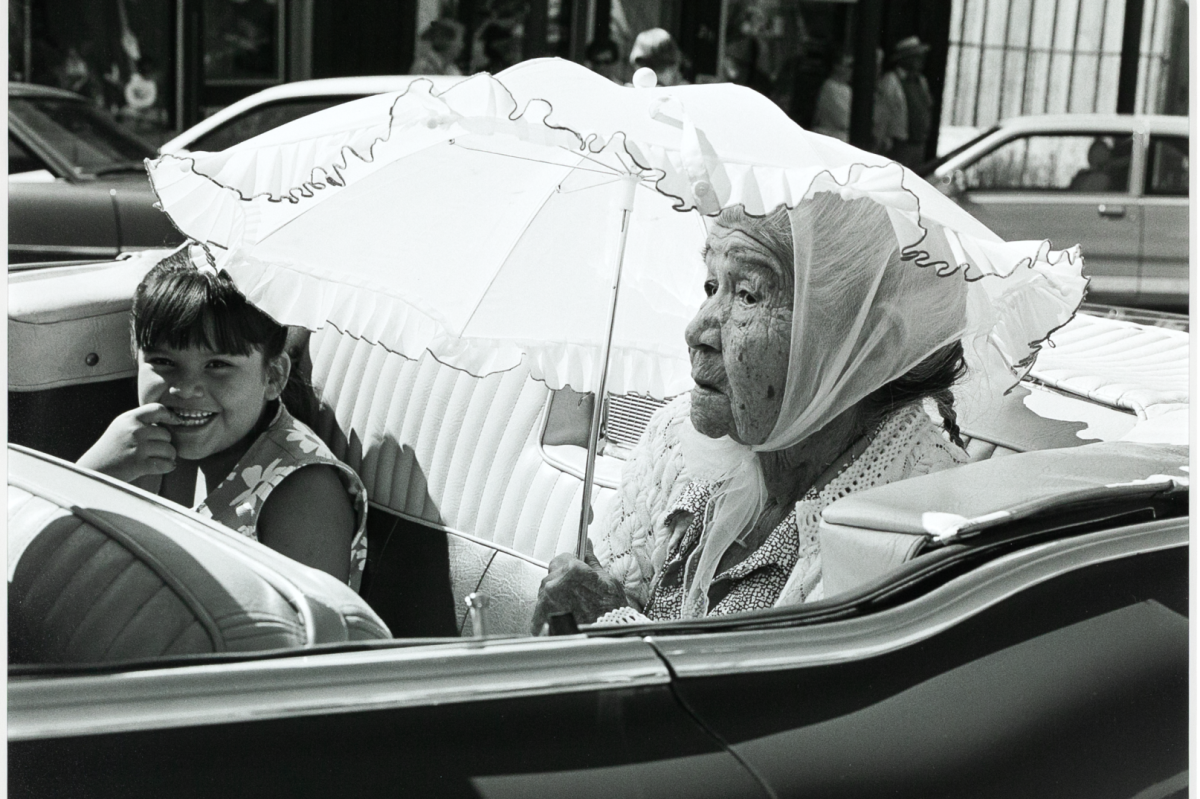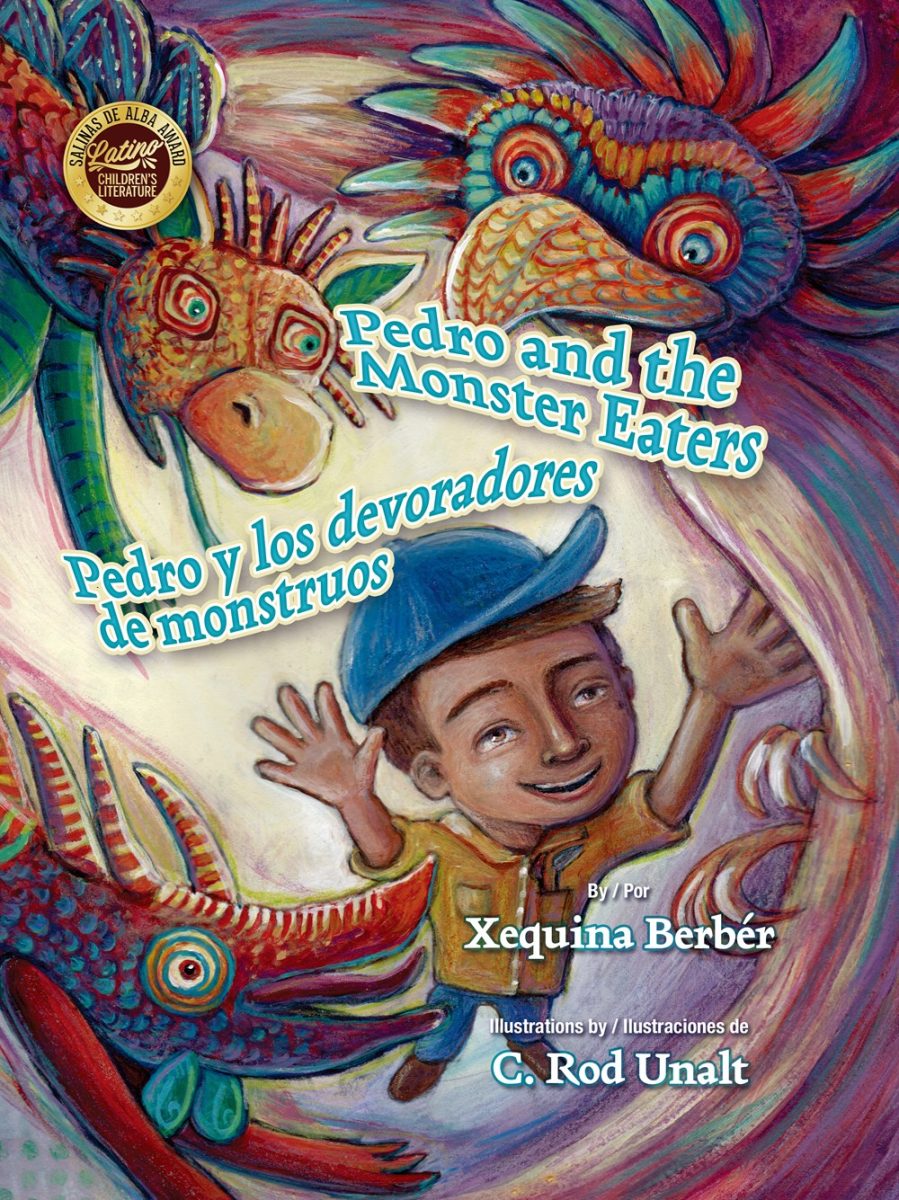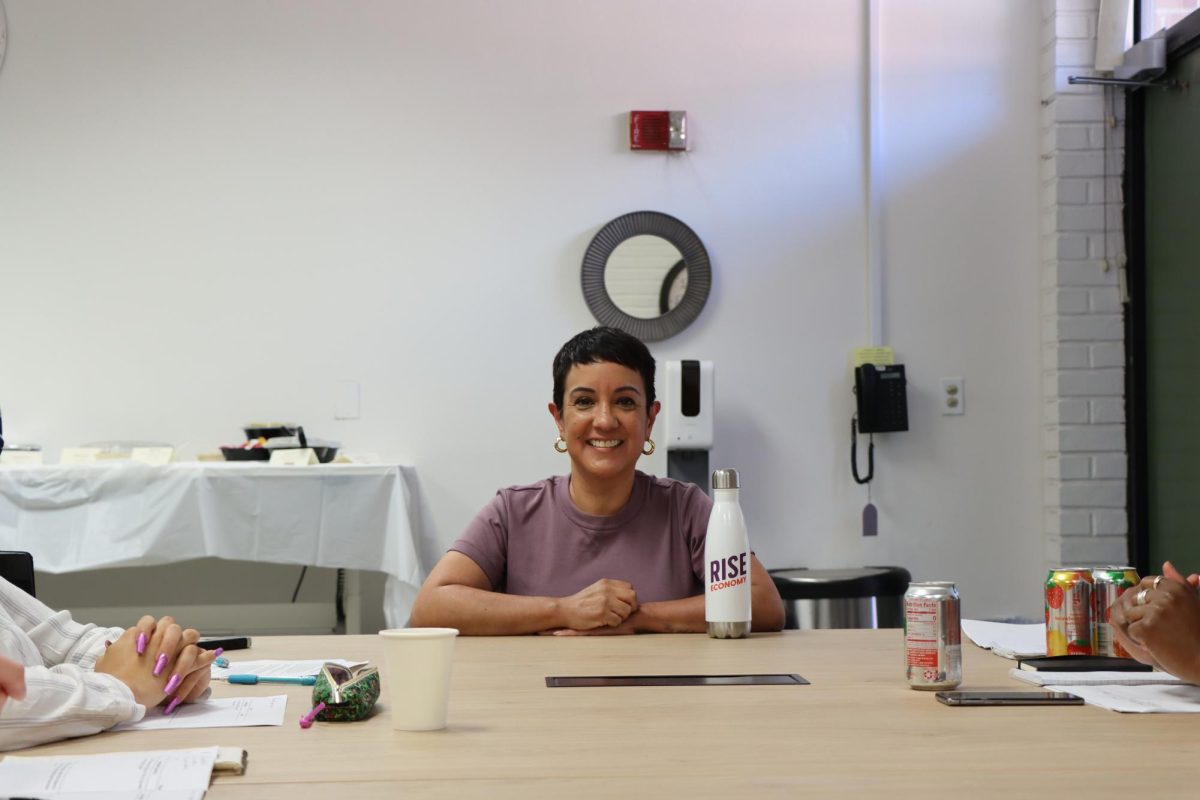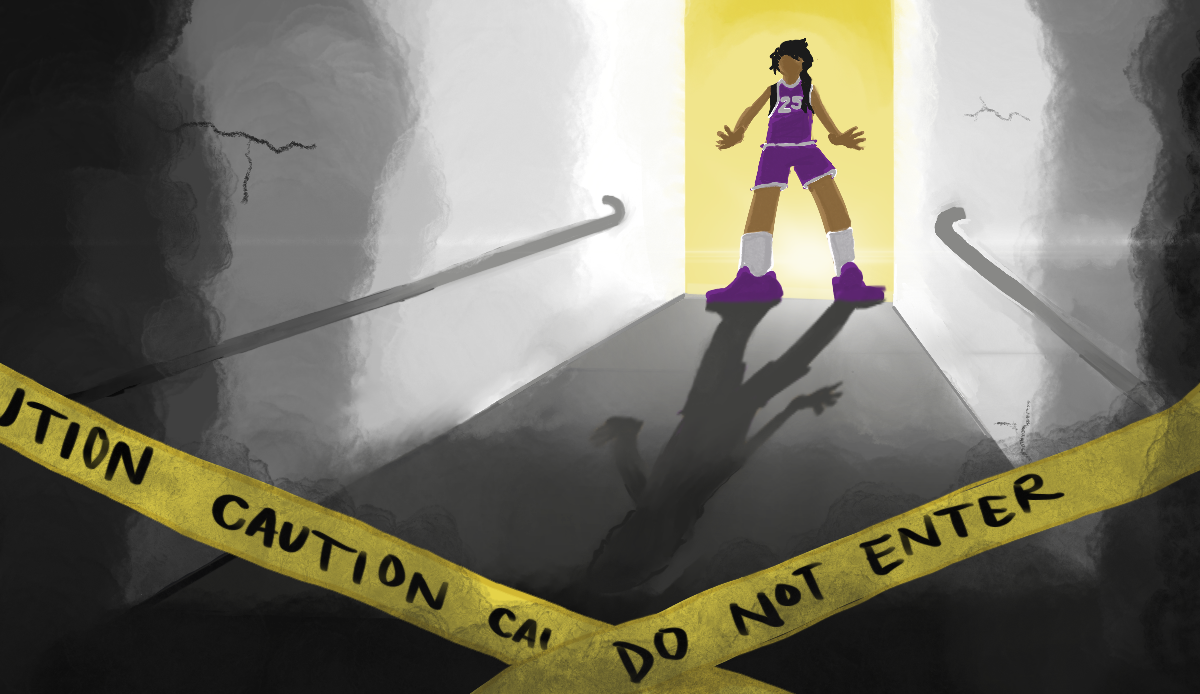By Daniel Roman
Last month marked the 45th birthday of Hip-Hop. On August 11, 1973, a young Jamaican immigrant named Clive Campbell hosted a birthday party for his younger sister in the recreation room of their housing project in the Bronx in New York City.
Campbell, also known as DJ Kool Herc, created the “Merry-Go-Round” — a technique whereby the DJ takes the “break” section of a song and loops it by playing it on two turntables in a successive fashion.
The “break” is the part of the song (usually in a Funk recording) where other pieces (e.g. vocals, melody, harmony, etc.) cut out and leave the percussion section to jam solo for four to six bars.
By extending the “break” through his “Merry-Go-Round” technique, not only did DJ Kool Herc allow people to dance longer and more competitively (leading to the formation of groups of people who called themselves “Breakdancers”), but he also empowered folks to hop on the microphone to “MC” and hype up the crowd, which proved to be the beginning form of the “Rapper.”
Over time, these developments formed the foundation for Hip-Hop music and culture, earning DJ Kool Herc his rightful title as the “Father of Hip-Hop.”
There’s a reason why Hip-Hop has lasted this long, and the reason is a sociological one — Hip-Hop music is the only pillar of entertainment in popular culture that places historically marginalized voices at the forefront.
When we talk about the “story” of Hip-Hop, we are talking about a story whose protagonist is the underdog — the underdog whom society despised; the underdog who was uprooted, divided, disadvantaged, and thwarted from pursuing a right to prosperity, self-sufficiency, and love; the underdog who made something from nothing.
There’s a certain level of appeal to the story of Hip-Hop, especially for Americans who still subscribe to the idea that the “American Dream” is a real thing. For them, Hip-Hop exemplifies the proverbial “bootstrap” theory. By pulling yourself up and working hard, you can prosper. By making the “correct” choices, you can do no wrong.
By having the right work ethic and mindset, you can achieve anything — never mind other hindrances like institutional racism, historical inequalities and disadvantages, mass incarceration, etc.
An irony here is that Hip-Hop only exists because of the maltreatment that communities of color received from American society. It was the African American and Puerto Rican communities in New York City that had to survive when the Cross Bronx Expressway was built in the mid 1950s, leading to neighborhood decay and the displacement of thousands.
These same communities had to find ways to cope with nefarious slumlords, compassionless politicians, and futile “urban renewal” programs. Through it all, these communities persevered in the form of Hip-Hop.
Perseverance is a running theme in the story of Hip-Hop. When clubs would not let them in, young Latinos like Richard Colon, also known as “Crazy Legs” of the famous Rock Steady Crew, took to the streets and formed breakdance groups that used battered pieces of cardboard as a dance floor.
When art galleries refused to give them the time of day, graffiti artists like Richard “Seen” Mirando used subway trains as their canvas. When schools were underfunded to the point that music classes couldn’t be provided, it was innovators like Joseph Saddler, aka “DJ Grandmaster Flash” who took their mother’s old record player and made it into an instrument.
The point is that the underdog often prevails. An even greater irony is that the American society that condemned Hip-Hop now champions it. It was not too long ago that the academic community refused to accept the idea that rap music actually employs literary devices and skill comparable to renowned authors of today. Now, universities invite rappers to lecture on the technical brilliance of rap lyricism.
Now, you see the irony when college boys and girls slow grind to Bryson Tiller music in the gated yards of their frat houses. Hip-Hop music now represents a quarter of all music consumed in the United States — more than any other genre.
So when you’re celebrating Hip-Hop, don’t just sing along and perform your dances — sit with it. Take lyrics and deconstruct them, self-reflect, and debate.
Hip-Hop is a lens to better understand the post-industrial experiences of ethnically, racially, and culturally diverse youth groups. Hip-Hop is both the product and soul of America.

